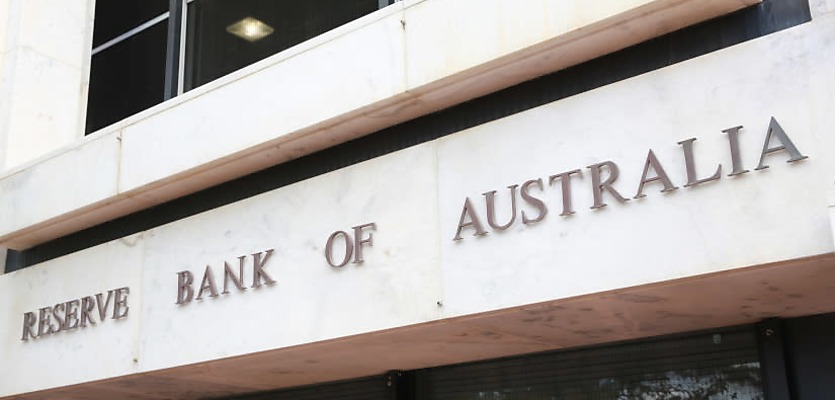The Reserve Bank of Australia (RBA) has revealed its September cash rate call at its monthly board meeting.
In what was RBA governor Philip Lowe’s final board meeting, Australia’s central bank opted to hold the official cash rate at 4.10 per cent.
The RBA’s decision to continue the theme of its July and August board meetings and hold the official cash rate at 4.10 per cent is a sign that governor Lowe may “be able to exit quietly”, in the eyes of Canstar’s editor-at-large, Effie Zahos.
Among the backdrop of easing economic conditions the central bank’s decision is made against, the most recently published Consumer Price Index (CPI) figures, released at the end of last month by the Australia Bureau of Statistics (ABS), paint a picture of an economic easing away from the rampant inflation which defined the beginning of the year.
Over the 12 months preceding July, the ABS CPI indicator rose 4.9 per cent, down from a rise of 5.4 per cent in June, and a far cry from its recent peak of 8.4 per cent recorded in December 2022.
In addition to the CPI’s sustained ease, Ms Zahos believes a drop in retail spending, softer job numbers – the unemployment rate rose to 3.7 per cent in July – and weaker-than-expected wage growth are enough to tip the scales in favour of a third consecutive cash rate hold.
And while not every CPI indicator is easing, with the likes of rent, insurance and utilities all on the rise according to the ABS’ latest findings, CreditorWatch chief economist Anneke Thompson reckon Australia’s central bank is unlikely to dwell too long on these gains.
“The RBA is very likely to recognise that further increases to the cash rate will do little to stem these prices, as various exogenous impacts are responsible for price rises in these sectors,” Ms Thompson explained.
Ms Zahos said the cash rate pause affords borrowers “another opportunity to reflect on what interest rate they are paying and whether or not they can find a better deal”.
The board’s decision to hold the cash rate for the third consecutive month follows recent findings from Canstar, which painted a damning picture of the RBA’s standing in the eyes of the Australian public.
According to Canstar, just under half (46 per cent) of the Australian public hold no confidence in the RBA and the government’s ability to reduce inflation in 2023. The level of confidence is even lower amongst mortgage holders, with one in two doubting the government and RBA’s capacity to ease cost of living pressures.
Speaking on the RBA’s decision to pause the cash rate, PropTrack senior economist Eleanor Creagh remarked the board gave “leeway” in its September pause given the fact “the full impact of the tightening cycle already delivered is yet to be felt”.
She said “the decision by the Reserve Bank to continue holding the cash rate steady in September is likely to maintain both buyer and seller confidence as the spring selling season begins, with home prices likely to continue lifting in the period ahead”.
Mathew Tiller, LJ Hooker Group’s head of research, believes the RBA’s third successive cash rate pause “means we are finally going to see a property traditional spring selling season”.
“There are a lot more listings coming onto the market, particularly in Sydney, and there are still buyers out there who have been waiting for the right home to come along.”
“Spring has always been seen as the optimum time to list because the weather is great, and everyone is keen to get deals done by the end of the year,” he said.
“There are plenty of positive selling metrics to entice home owners to sell now – this includes high auction clearance rates, higher prices and shorter days on market,” Mr Tiller concluded.









You are not authorised to post comments.
Comments will undergo moderation before they get published.